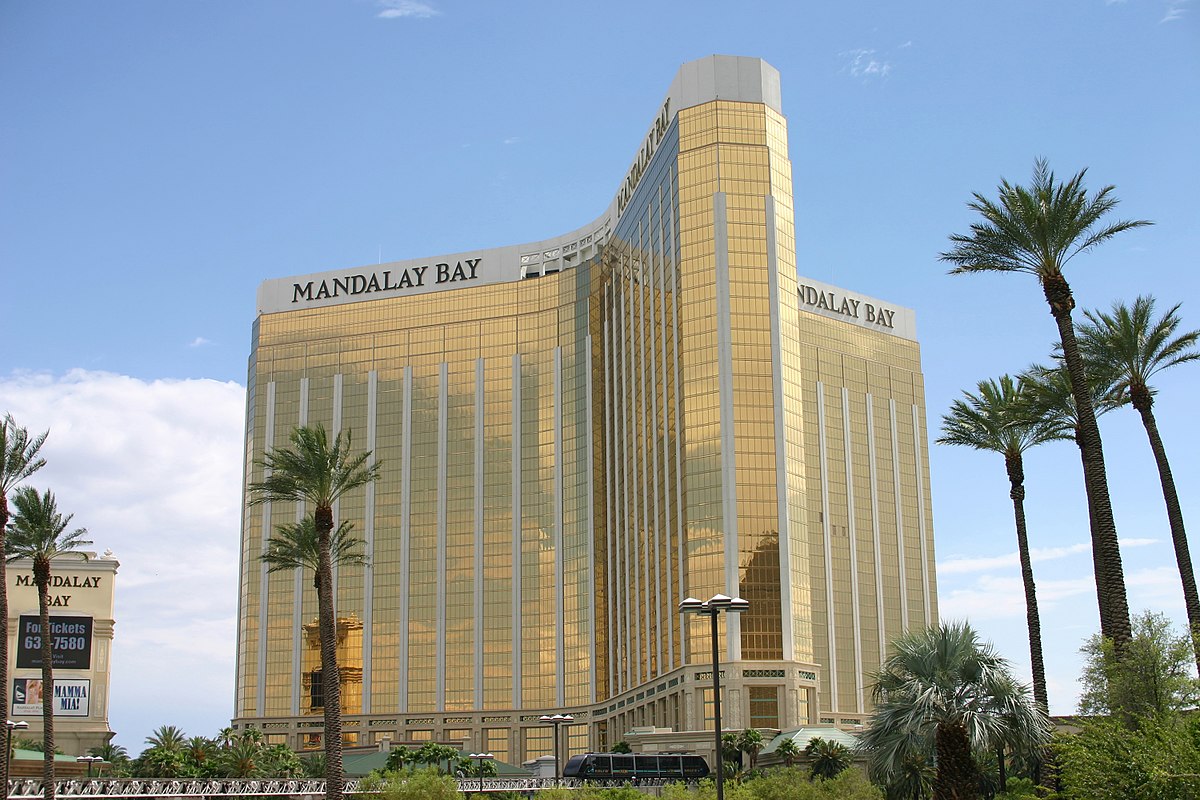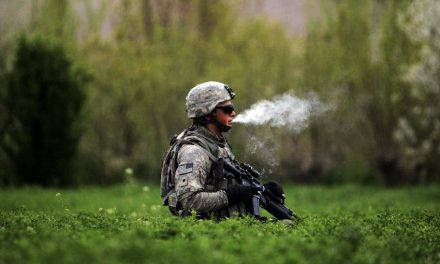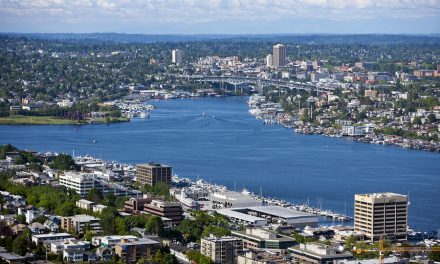Several lawsuits have been filed by hundreds of victims of the Las Vegas shooting “against the Mandalay Bay Resort and Casino and its parent company MGM Resorts International.”1 The lawsuits, the largest of which was filed on behalf of 450 people, attempt to hold MGM legally liable for the shooting. Additionally, victims are also suing the estate of the shooter, Stephen Paddock, as well as the concert organizer Live Nation Entertainment Inc. (some are even suing the manufacturer of the bump stocks that Paddock used to fire).
Back in October, the Nevada Supreme Court ruled that MGM could be held liable for a 2010 assault on a California couple at one of the company’s hotels, saying that the attack was “foreseeable” because there had been similar cases of violence at the hotel. And that’s the crux of the issue, whether or not the Las Vegas shooting was foreseeable (a key component of legal liability).
“The crux of the lawsuits’ arguments is that MGM and the Mandalay Bay failed to take preventive measures that might have foiled the attack. Plaintiffs argue that staff members should have been better trained to spot red flags with Paddock.
Over the three days between when Paddock checked in to the hotel and fired from his window at a concert across the street, Paddock took at least 10 suitcases filled with firearms into his room. Police officials said Paddock also constructed an elaborate surveillance system in the hotel, placing two cameras in the hallway outside his suite — one on a service cart — as well as a camera in his door’s peephole.”2
Currently, the hotel industry has no national standards for security, which has worked in the past because hotels aren’t normally held responsible for guests’ behavior. However, if any of these victims win their case, it could set a new precedent for the way hotels handle security.












